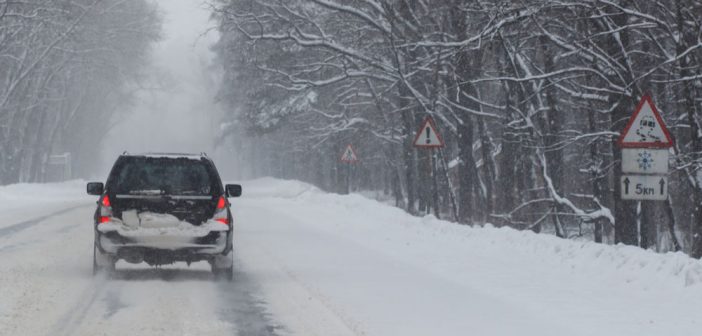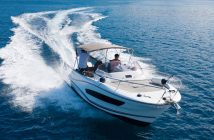Icy roads and snow are one of the most common causes of accidents in the wintertime. Even the most experienced drivers find themselves challenged to make it across town when snow and ice accumulate. Keeping the car from sliding, slowing down, and stopping are a few of the factors that contribute to this heightened risk. Here are some helpful driving tips that will keep you stay safe driving in the snow this winter.
Prep your Windshield Washer Fluid
You may not think of topping of your windshield washer fluid in the summer, but you’ll definitely want to remember that during the winter. There is fluid specially formulated for winter that’s designed to melt ice quickly when it reaches your windshield. There are storms bad enough where you’ll be forced to use your windshield washer to stay on the road.
Make sure you have your fluid filled up throughout winter and that you have an extra gallon serving as a backup in case there is a time where you need it. By doing this you’ll make life a lot easier when pushing yourself through the snow, ice, and sleet.
Check your Battery
Turn on your headlights and start your vehicle up. If the lights are brighter with the engine on, your battery is weak and you might want to replace it. It only takes a few winters for your battery to reach its demise. Just because it’s weak doesn’t mean that something caused it. It just means it’s time to replace it because of the wear and tear that it has had to endure during its life.
Replace Windshield Wipers
On top of checking your battery, you may want to replace your wipers before the first day of winter arrives. Apply a glass cleaner and rain repellant to the windshield, windows, and mirrors. This will ensure that you’re prepared for those dreaded winter days.
Prepare a Winter Car Kit
Put a winter survival kit in each vehicle that you own. Sample contents include:
• Emergency Blanket
• First Aid Kit
• Flashlight
• Ice Scraper
• Jumper Cables
• Non-Perishable Snacks
• Portable Tire Inflator
• Reflective Triangles (Road Markers)
• Rock Salt and/or Sand
• Water
Watch the Weather Forecast
Stay on top of the weather forecasts so that you’re well-aware of what’s to come and what you’re currently dealing with. By doing this you’ll be able to understand what needs to be taken care of instead of waiting until the last minute. Too often, people find themselves underprepared for a winter storm, making life more difficult.
Prepare Your Car for the Road
Keep plenty of gas in your vehicle so you can warm it up prior to hitting the road. Your defrosters and heater will make you a lot more grateful for them when the ice is on the windows and the snow covers the road. When you scrape the ice or sweep the snow off your windows, make sure all of your lights are unobstructed and working properly.
If you have a set of snow tires this would be when you’d want to have them on your vehicle. But hopefully, you swapped your tires out before the onset of winter arrives. Otherwise, it might be a cold tire swap that you surely aren’t looking forward to on the cold winter days.
Planning = Success
Knowing where you’re headed and the route you are going take, will lead to a successful trip. You don’t have to worry about making a last-minute turn or taking a route that may be inaccessible. You’ll be able to know everything before you leave your driveway.
Slow & Steady Wins the Race
When the roads are slick; it is more dangerous to even be out. If you don’t have any other choice, just take your time. Being in a rush will only lead to accidents. Take your time and maintain a safe pace, this will ensure you make it to your destination as safe as possible.
Have Control of Your Braking
Know your brakes and be extremely cautious if you’re using ABS (as they could lock up and sent you into an unstoppable skid). Also, keep in mind how much room your vehicle needs to stop so that you can adjust your braking pattern accordingly. This is definitely an important aspect that you need to be informed about, before the roads get bad.
Embrace Defensive Driving
Winter is the best time to practice defensive driving since it increases safety on the road. Make sure you maintain a proper distance between you and the car in front of you (2 seconds if roads are clear, 4 seconds in hazardous conditions) to ensure you have enough room to stop without colliding. Stay aware of yourself as well as those that surround you.








